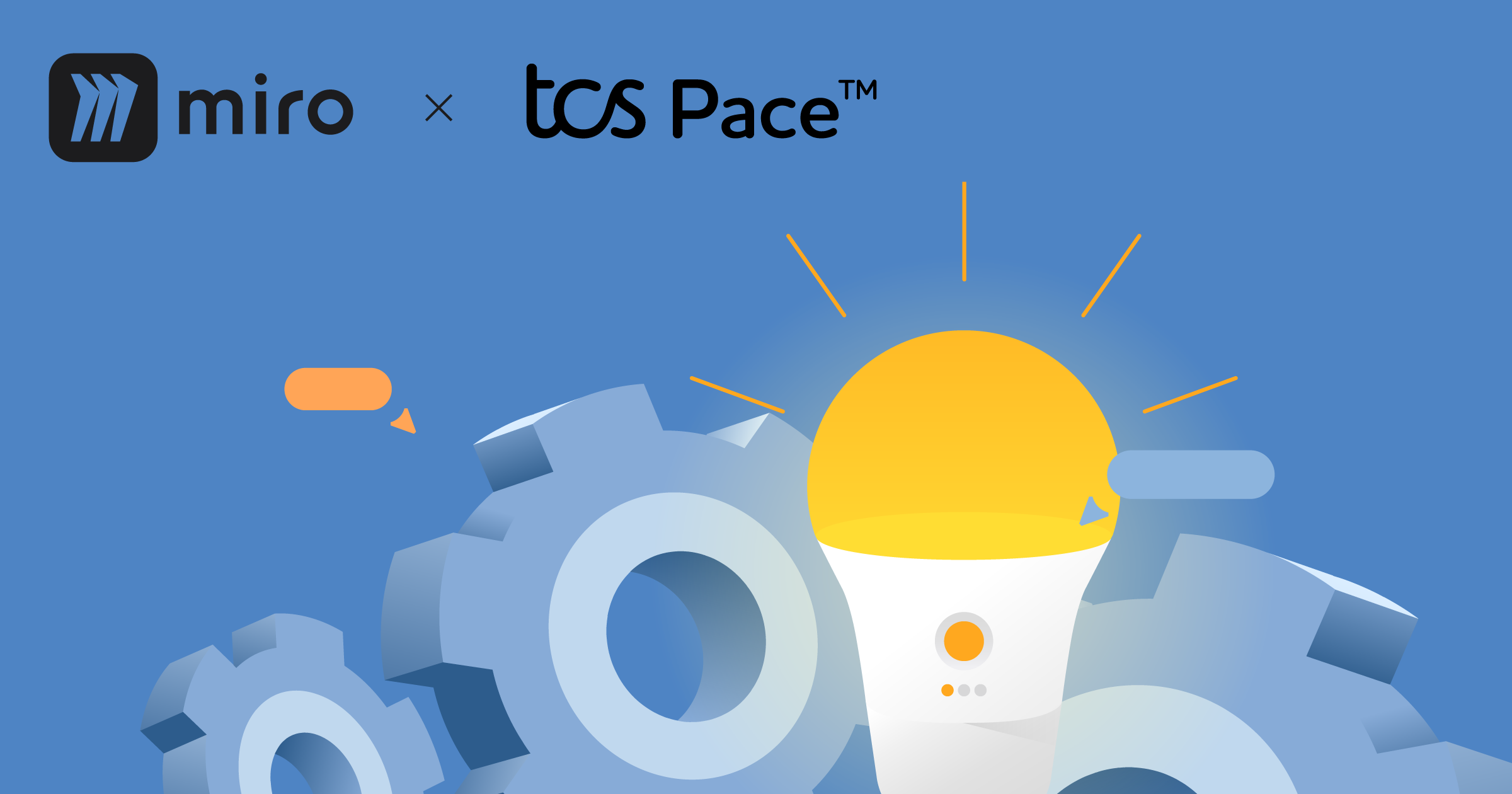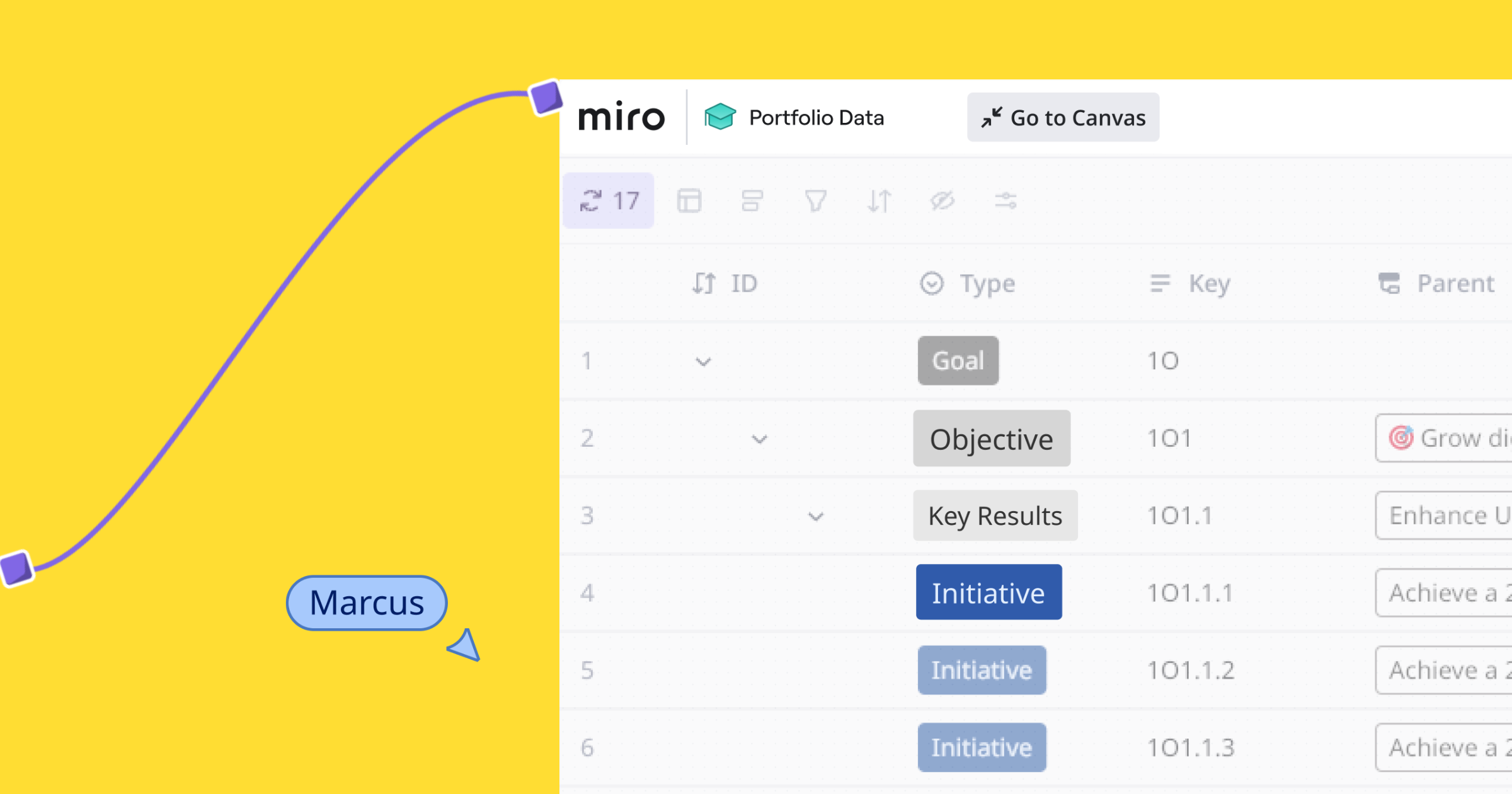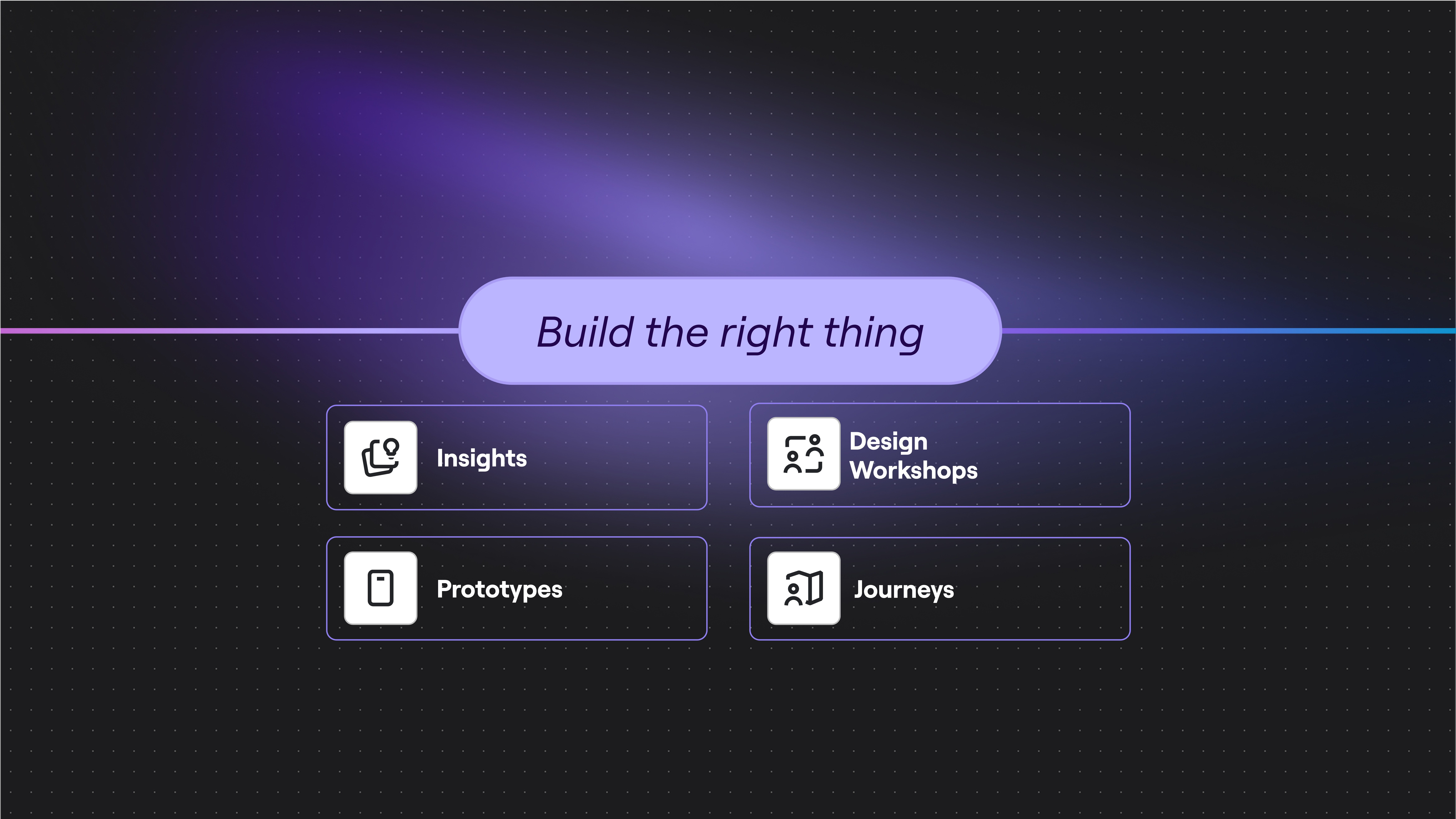The use of distributed teams adds an additional layer of complexity for a meeting organizer. Keeping the team engaged and involved can be challenging.
Check our fresh-off-the-press article with the best techniques, rules, and tips on brainstorming for remote teams.
Your goal is to direct the team and get the most out of every member at each step of the project. To be successful, many of us are constantly looking for a new way to engage the team. One of the best solutions? Use an icebreaker game.
An icebreaker is a fun, interactive game that acts as an informal introduction and creates a personal connection among the team. The use of an icebreaker game can diminish some of the inherent challenges of remote teamwork. Take a look at how and when to best employ icebreakers for distributed teams.
When to use an icebreaker
Icebreaker games need to be speedy. After all, you need enough time to focus on the assigned challenge. Experienced teams may be able to jump right in. However, there are two situations in which an icebreaker is strongly encouraged.
New teams
Going in “cold” to a session with a group of people from different teams and functions can be challenging. Participants tend to have preconceived ideas about other members that may be difficult to overcome. The use of an icebreaker will help break down stereotypes and forge previously unknown connections. New and existing members will learn to relate to each other in ways they hadn’t expected. Pop culture, sports, and family similarities can all be discovered and bonded over in an icebreaker game.
Remote teams
Remote teams may or may not be familiar with one another, but the lack of “face time” can limit results. The ability to visually read physical and facial cues may be reduced. Using an icebreaker, you may not be able to see a team member smile, but you can hear them laugh.
Sharon Koifman CEO at DistantJob: “Unlike in-house teams, remote employees might lack group dynamics. Just kick off the brainstorm with a team-building activity and the rest of it will go much smoother”.
Benefits of an icebreaker
You’ve recognized the need for an icebreaker, but time is of the essence. When the participants all have pressing work to be done, do the benefits of an icebreaker really outweigh the time it takes away from “real” work?
Make sure you check our guide to remote team-building games and activities.
Take a look at these benefits to learn why icebreaker games for ideation are worth your time.
Team introduction
The study of ideation has yielded reliable “best practices”. One of the most important is to include the right mix of people, which means the participants don’t always know or work with one another. In fact, they may be spread around different time zones and cultures. The use of an icebreaker game is a fun way to quickly engage the team and make introductions more interesting and personal.
Encourage the right atmosphere
Ice-breaking games insert fun and laughter into the meeting; an invaluable component. A little laughter creates an open and relaxed atmosphere that is critical for any form of ideation. It forces the participants to communicate and interact differently than normal, which will be useful as they begin the brainstorming process.
Get everyone thinking creatively
Icebreaker games stimulate creativity. Rather than reiterating their resume, title, and number of children, coming up with a unique description or humorous story opens the participants up to a less structured way of communicating.
Good “practice” for what comes next
An icebreaker sets the tone for the rest of the meeting and is a springboard into the brainstorming session. Participants generate a personal and unique idea for their segment of the game, just as they will be expected to do when the ideation begins.
It is best to keep the choice of game appropriate for your meeting and for the team involved. Remote teams may include a number of international participants, so asking about professional sports teams or spring break vacation destinations may cause more discomfort than inclusion.
Wondering how to choose the right icebreaker? Here’s a rundown of some of our favorites.
Icebreakers: a valuable tool
Icebreakers are always a fun way to loosen up for a meeting. Teams that have never worked remotely suddenly have to put together meetings and presentations over video conferences. Things can get awkward fast. Icebreakers are a way to get back into the normal flow of things and build a creative virtual workspace.
The best ice-breaking games for remote teams
10 common things
This game is a good fit for brainstorming teams that do not know one another or work remotely. Group the team into small groups and ask them to come up with a list of 10 things they have in common. Remote teams should use a shared document or a visual workspace to generate the list quickly. If coaches prefer to keep the topic more business-oriented, limit the list to work or industry related topics.
It can be as simple as, “We all wear shoes”, to something more specific such as, “We were all hired in 2014”. Regardless of the answers, it will create a bond, generate discussion and laughter and get the group thinking creatively. Allow time for each time to share their list with the larger group on the visual workspace. This will create an electric, dynamic atmosphere, well suited to brainstorming.

Favorite things
In this icebreaker game, everyone is encouraged to name their favorite thing. This icebreaker game is useful because it can be adapted to align with the meeting goal, work environment, or something more personal. However, since the participants are all asked to name their favorite, there is no risk of “getting the answer wrong”. This works well for remote teams because everyone can participate.
Here’s how it works. Assign the “Favorite Thing” topic. Possibilities include, “favorite thing about the company” or “favorite aspect of the product”. Ask the team members to find an image online and upload it to a picture-sharing site, shared drive, or online workspace.
Within the group, each member should present the image and a short description online. It will stir the imagination and creativity of the participants and make an ideal springboard for brainstorming.
Aliens have landed
The aliens have landed icebreaker is a popular game for teams with remote participants who have language and cultural differences. Tell the group to imagine an alien spaceship has landed on Earth and wants to learn about your company. But since they don’t speak English or understand your product, it needs to be explained with 5 symbols or pictures. Ask each participant to upload 5 simple images to the team that best describe and communicate your company’s products and culture. Take a few minutes and look at all the images. Are there common themes?
A one-word icebreaker
The one-word icebreaker can be used without a lot of preparation and moves quickly. Break the team into small groups and ask them to brainstorm ideas in the form of one word that describes “x”. An online tool for mind mapping would work well. Or, they can use a visual online workspace solution or even a shared Google document.
For teams without a lot of time, this icebreaker does double duty. It acts as a fun and interactive icebreaker but it also kicks off the brainstorming session. Choose a word aligned with the meeting goals, such as the product itself, or the solution it is trying to provide. Ask the team to reconvene and share their answers. The variety of one word answers will be enlightening.
Take a picture
This icebreaking game, “Take a Picture” was developed as a fast icebreaker for distributed teams. To begin, ask each team member to take and post a picture of something on their desk to a common online page. The team members should pick something that best describes them and how they work. It can be a photo, an award, or something silly. Take turns explaining why that item was chosen. A second option is to take a photo of your shoes and upload it. Take turns doing screen shares so everyone can participate, regardless of location. Your choice of shoes says a lot about you! This is an easy and fast method to learn something personal, with a work twist, about everyone on the team.
This game takes some preparation.
Tip from Miro:
Make sure the service you’re using has a mobile app and have all team members install it before the brainstorming session begins. So all the team members can upload their photos with ease.
Regardless of the brainstorming game you decide upon, remember that it should be fast, relevant, and fun. The goal is to quickly bring your team together, get them open and engaged, and to engage their creative side. Once your team has been prepared with an ice-breaking game, they are ready to begin the brainstorming session.
Build interactive icebreaker games
The above ideas are a great place to start, but if you want to take it to the next level and really get your team engaged then check out Miro’s ice breaker template. This is a simple customizable tool that you can use to create all manner of fun icebreaker games, with a new game for each meeting.
Stimulate and sustain creativity while working remotely with Miro
Team collaboration is more of a challenge for remote teams. You may not have the same physical tools that you take for granted at the office: whiteboards, team cards, Agile/Scrum boards, etc. Miro’s infinite canvas provides you with these tools virtually, including:
- Agile and Scrum boards
- Sticky notes
- Wireframes and mockups
- Flowcharts and diagrams
- Brainstorm charts
Team members can share, interact, design, and create, all in real time within Miro’s visual collaboration platform
In the next chapter we will lead you through the visual thinking practices for remote brainstorming.




